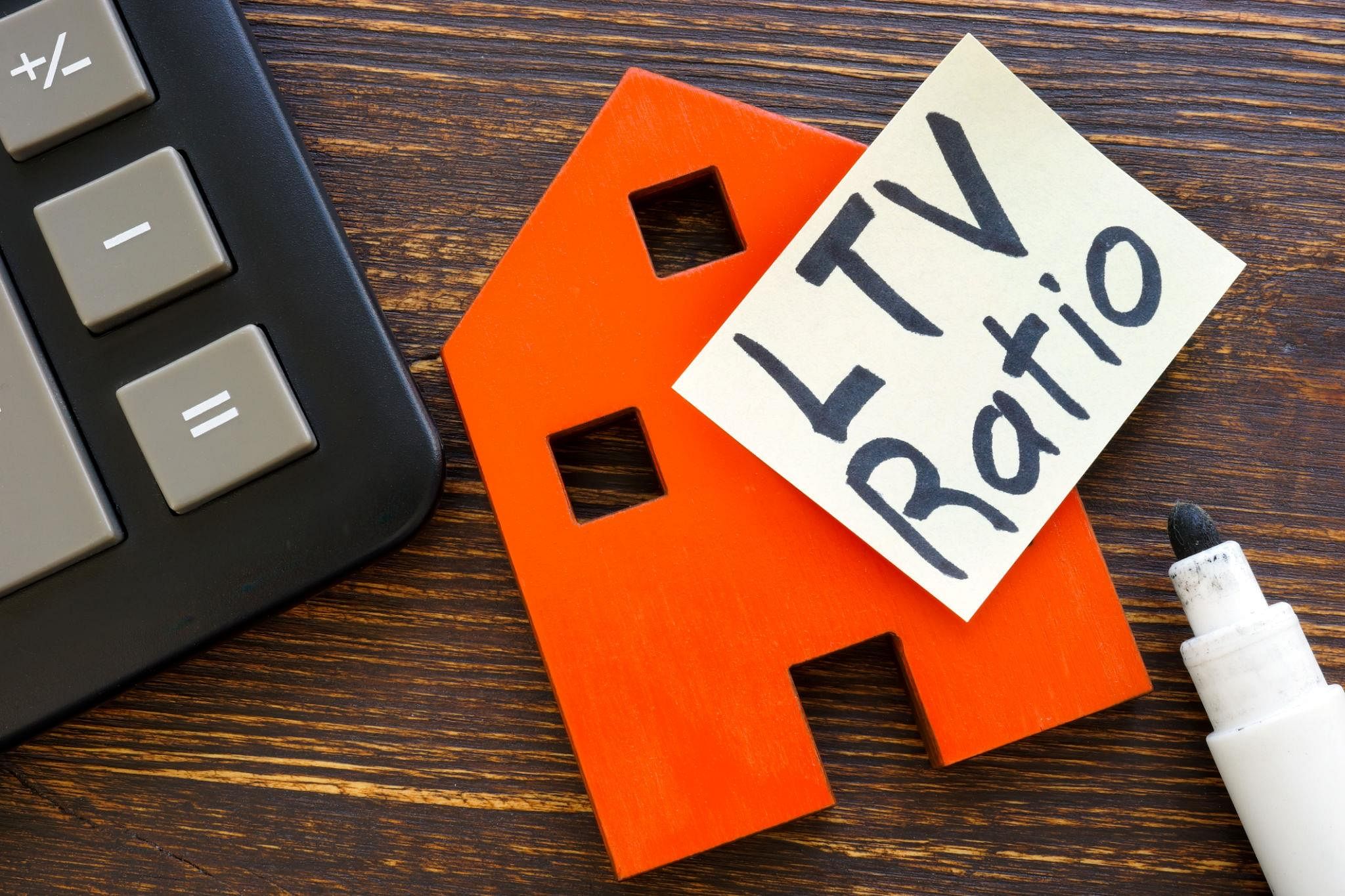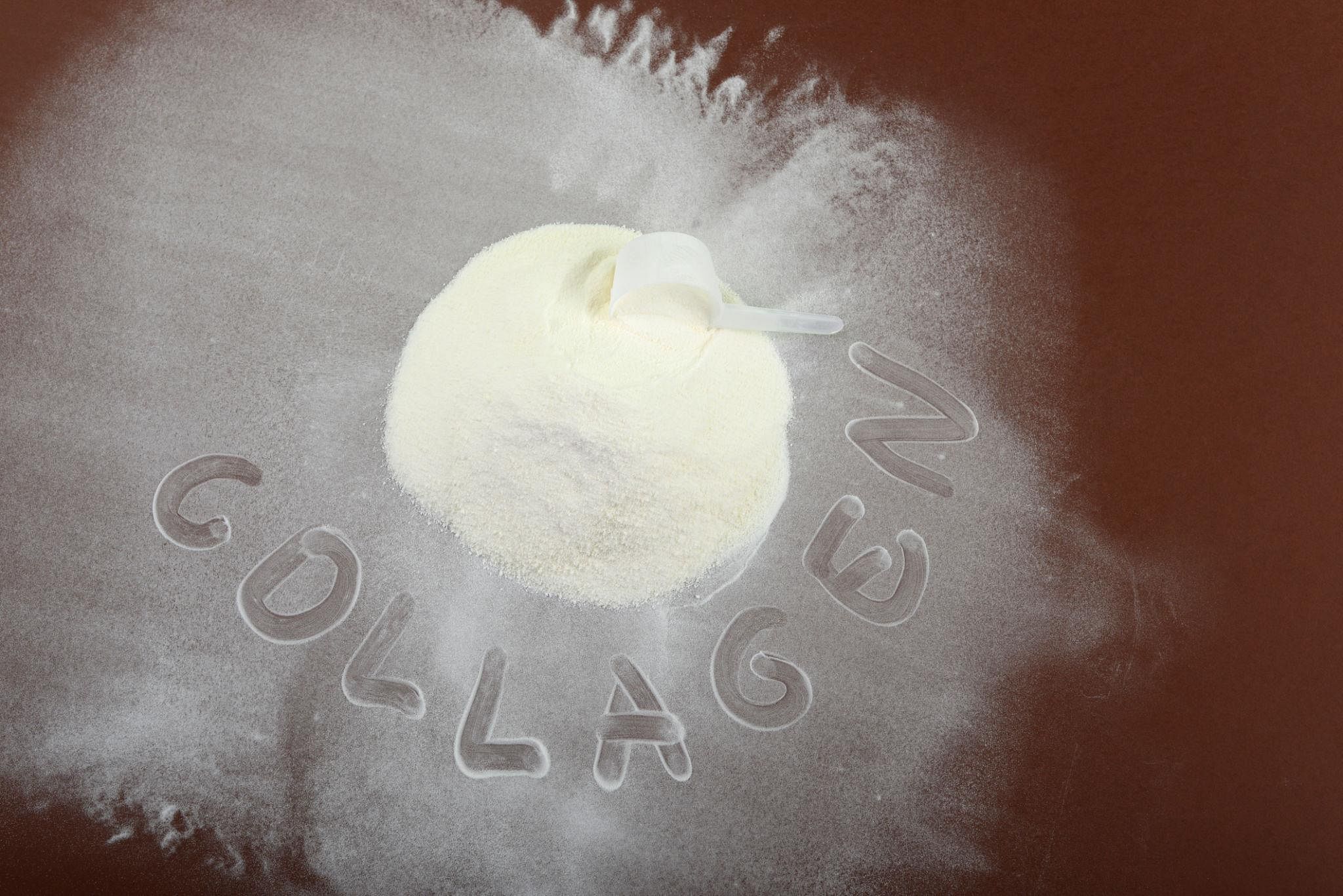|
Card: 2 / 20 |
A ratio is a comparison between two quantities showing how many times one value contains or is contained within the other. For example, if there are 2 apples and 3 oranges, the ratio of apples to oranges is 2:3.  |
|
Card: 4 / 20 |
A proportion is an equation that states two ratios are equal. For example, if a:b = c:d, then a/b = c/d. |
|
Card: 6 / 20 |
To simplify a ratio, divide both terms by their greatest common divisor (GCD). For example, the ratio 8:12 simplifies to 2:3 by dividing both 8 and 12 by 4.  |
|
Card: 7 / 20 |
Solve: If the ratio of x to y is 3:5 and the sum of x and y is 40, what are the values of x and y? |
|
Card: 10 / 20 |
1. A ratio remains unchanged if both terms are multiplied or divided by the same non-zero number. 2. Ratios can be compared like fractions. 3. If a/b = c/d, then the cross products ad = bc are equal.  |
|
Card: 12 / 20 |
The mean proportional between a and b is √(ab). For example, if a = 4 and b = 16, then the mean proportional is √(4 * 16) = √64 = 8. |
|
Card: 14 / 20 |
To combine multiple ratios, use the product of numerators and denominators method. For example, if A:B = 2:3 and B:C = 4:5, you can find A:B:C by calculating A = 2, B = 3, and C = (3 * 5) / 4 = 15/4.  |
|
Card: 15 / 20 |
If the ratio of the ages of A to B is 4:5 and A is 20 years old, how old is B? |
|
Card: 17 / 20 |
In a recipe, the ratio of flour to sugar is 3:2. If you have 6 cups of flour, how much sugar do you need? |
|
Card: 20 / 20 |
First, find b in terms of a: b = (3/2)a. Now, substitute b into the second ratio: (3/2)a : c = 4:5. Thus, c = (5/4)(3/2)a = (15/8)a. Therefore, the combined ratio a:b:c = 16:24:30. |
























